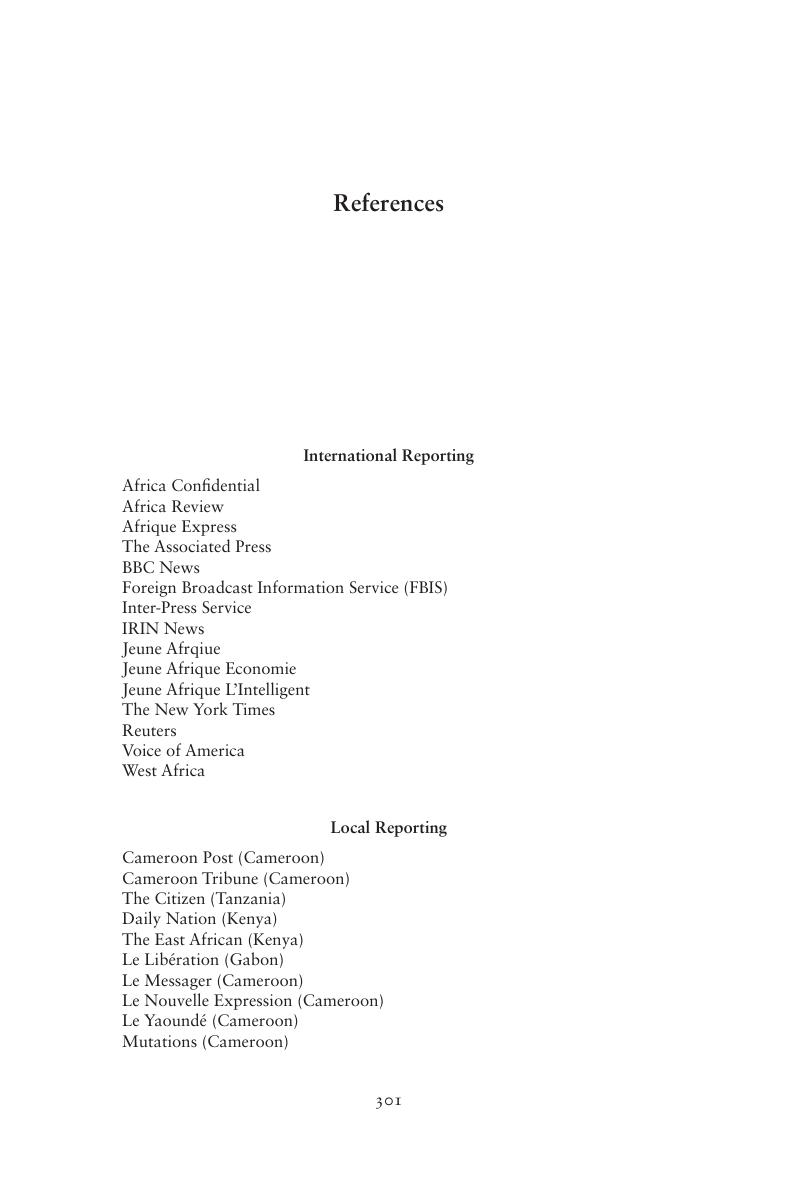Book contents
- How Autocrats Compete
- How Autocrats Compete
- Copyright page
- Dedication
- Contents
- Figures
- Tables
- Abbreviations
- Preface and Acknowledgments
- 1 The Puzzle of Electoral Authoritarian Competition
- 2 Credible Parties, International Patrons, and Electoral Authoritarian Competition
- 3 Electoral Authoritarian Competition and the African Experience
- 4 The Structure and Origins of Ruling Parties in Tanzania, Cameroon, and Kenya
- 5 Ruling Party Credibility and the Management of Elites
- 6 Ruling Party Credibility and the Sources of Voter Support
- 7 The Electoral Consequences of International Patronage
- 8 Electoral Authoritarian Competition in Africa's Former Single-Party Regimes
- Conclusions: The Comparative Study of Electoral Authoritarianism
- Book part
- References
- Index
- References
References
Published online by Cambridge University Press: 09 November 2018
- How Autocrats Compete
- How Autocrats Compete
- Copyright page
- Dedication
- Contents
- Figures
- Tables
- Abbreviations
- Preface and Acknowledgments
- 1 The Puzzle of Electoral Authoritarian Competition
- 2 Credible Parties, International Patrons, and Electoral Authoritarian Competition
- 3 Electoral Authoritarian Competition and the African Experience
- 4 The Structure and Origins of Ruling Parties in Tanzania, Cameroon, and Kenya
- 5 Ruling Party Credibility and the Management of Elites
- 6 Ruling Party Credibility and the Sources of Voter Support
- 7 The Electoral Consequences of International Patronage
- 8 Electoral Authoritarian Competition in Africa's Former Single-Party Regimes
- Conclusions: The Comparative Study of Electoral Authoritarianism
- Book part
- References
- Index
- References
Summary

- Type
- Chapter
- Information
- How Autocrats CompeteParties, Patrons, and Unfair Elections in Africa, pp. 301 - 326Publisher: Cambridge University PressPrint publication year: 2018



